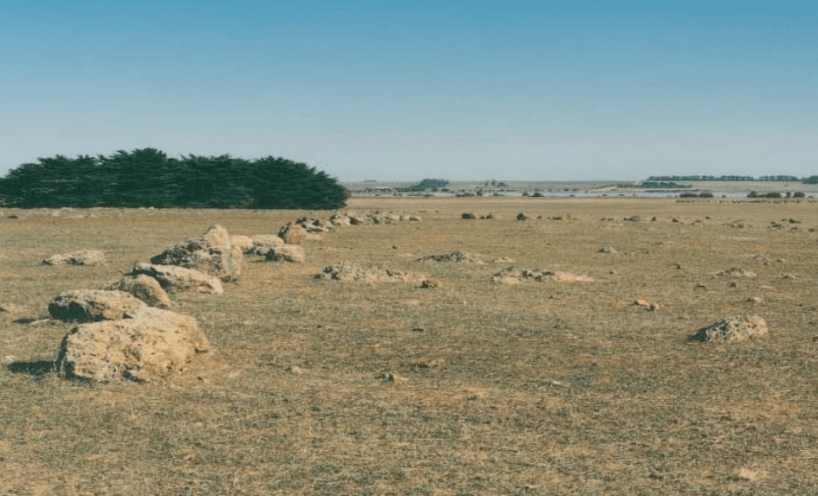Planning and development of land
The endurance of Aboriginal society across Australia is of global significance and the cultural heritage places and objects associated with Aboriginal society are a significant part of the heritage of all Australians. More importantly, they are a fundamental part of Aboriginal community life and cultural identity.
The legislation provides protection for all Aboriginal places and objects regardless of their inclusion on the Victorian Aboriginal Heritage Register or whether they are located on public or private land.
Large developments and other high impact activities in culturally sensitive landscapes can cause significant harm to Aboriginal cultural heritage. In these situations the Act may require the preparation of a Cultural Heritage Management Plan or the planner or developer may need to get a cultural heritage permit.
Not sure if a Cultural Heritage Management Plan is required for your activity?
Is the property associated with an area of Aboriginal Cultural Heritage Sensitivity?
Areas of 'cultural heritage sensitivity' include registered Aboriginal cultural heritage places, as well as landforms and land categories that are generally regarded as more likely to contain Aboriginal cultural heritage. 'Areas of cultural heritage sensitivity' are defined in the Aboriginal Heritage Regulations 2018 (the Regulations).
If you’re not sure you can check the property using our online map. Type your address into the Quick Search. If it’s marked green the property is in an 'area of cultural heritage sensitivity'.
Cultural Heritage Management Plans
Cultural Heritage Management Plans are a way of protecting and managing Aboriginal cultural heritage, with the involvement of Registered Aboriginal Parties, while allowing development to proceed.
Some activities proposed in 'areas of cultural heritage sensitivity' require an approved Cultural Heritage Management Plan before the activity can start. These activities are 'high impact activities' and are defined in the Regulations.
Some activities which will require a Cultural Heritage Management Plan are:
- developments that require an Environment Effects Statement
- larger scale residential or industrial subdivisions on 'areas of cultural heritage sensitivity', which have not previously been subject to significant ground disturbance
- substantial infrastructure or resource development projects on 'areas of cultural heritage sensitivity', which have not previously been subject to significant ground disturbance.

Cultural Heritage Management Plans
Learn about Cultural Heritage Management Plans and resources for preparing one, including tools, forms and practice notes.
Choose a heritage advisor
Why you may need to engage a heritage advisor and how to find one.
Updated

